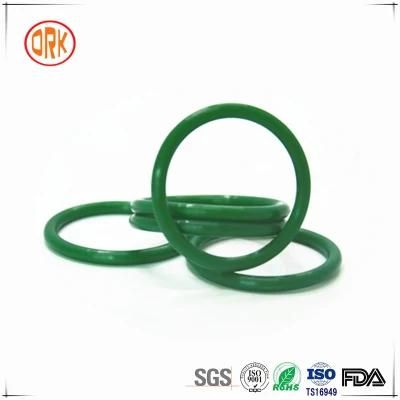
Rubber Wearable Corrosion Resistant EPDM Rubber O-Ring
SHANGRAO RUICHEN SEALING CO., LTD.- Material:EPDM
- Application:Machinery, Industrial Component, Electronic Product, Vehicle, Household Appliance
- Effect:Rotary Seal
- Cross-Section Shape:O-Rings
- Size:as You Requirement
- Transport Package:Plastic Bags and Export Standard Carton Box
Base Info
- Model NO.:any
- Specification:RoHS, SGS, etc.
- Trademark:ORK
- Origin:Guangdong, China
- HS Code:4011100010
- Production Capacity:12000000 PCS,Month
Description
Production Capacity:20000000PCS/Day
Product Description
O-rings are torus, or doughnut-shaped rings, generally molded from elastomer. They are used primarily for sealing. And also used as light-duty, mechanical drive belts.
We carry extensive stock of O-rings in NBR, HNBR, FKM, EPDM and Silicone as well as special materials and grades for demanding applications in the Petrochemical, Gas, Water and Food industries to name but a few. Standard sizes stocked comply with AS568, DIN 3771, BS1806, BS4518, or ISO3601 specifications.
In designing an O-ring Seal, it is best to determine the O-ring compound first, as the selected compound may have significant influence on gland design parameters. Essentially, the application determines the rubber compound; The primary factor being the fluid to be sealed. The elastomer however, must also resist extrusion when exposed to the maximum anticipated system pressure and be capable of maintaining good physical properties through the full temperature range expected. In dynamic applications, the selected material must also have the toughness and abrasion resistance so important in reciprocating and rotary seals. Essentially, the application determines the rubber compound; The primary factor being the fluid to be sealed. The elastomer however, must also resist extrusion when exposed to the maximum anticipated system pressure and be capable of maintaining good physical properties through the full temperature range expected. In dynamic applications, the selected material must also have the toughness and abrasion resistance so important in reciprocating and rotary seals.
